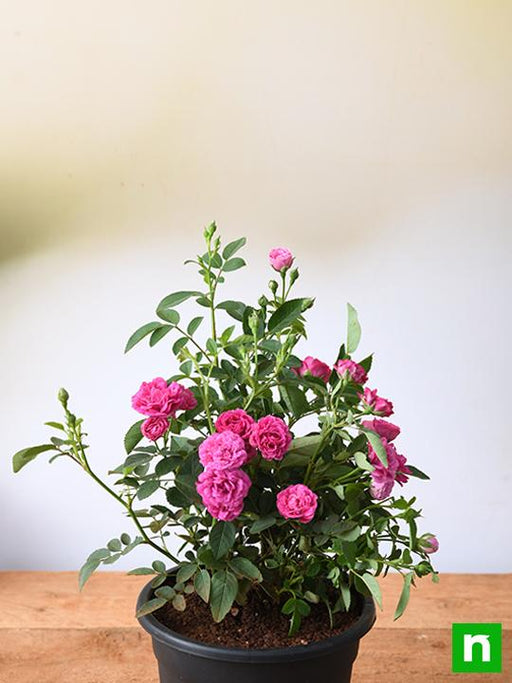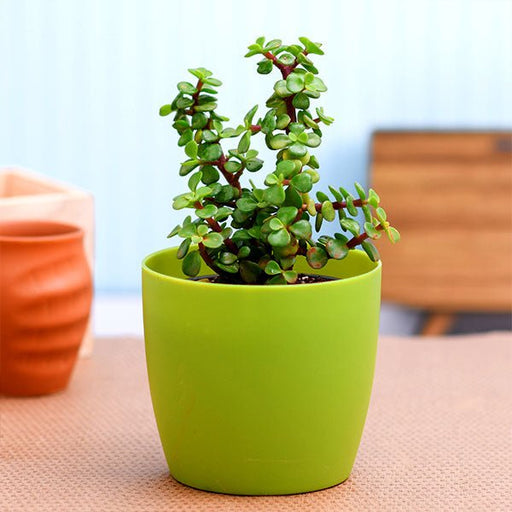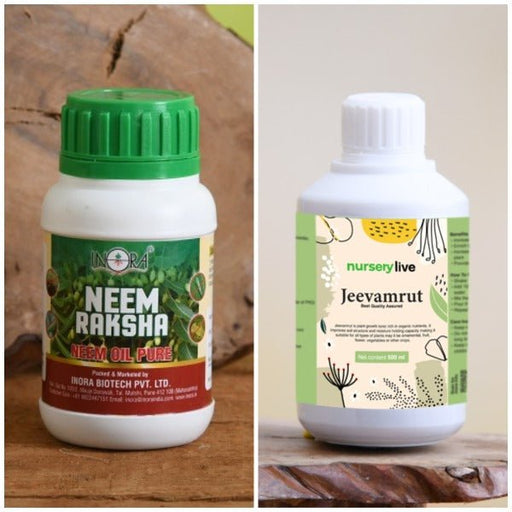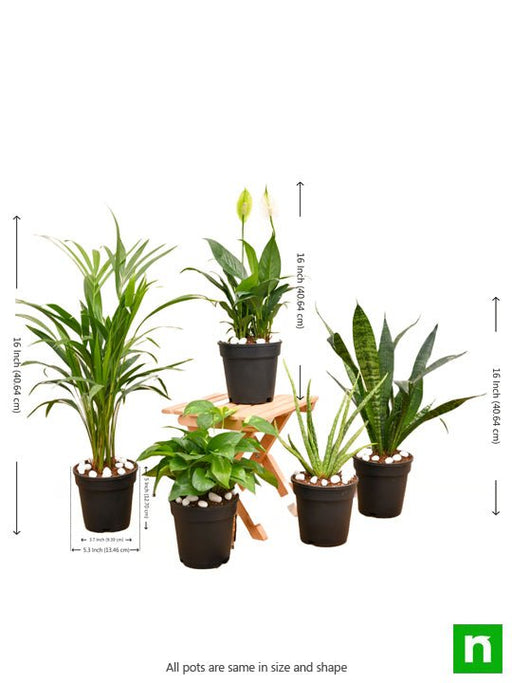Description
It has an erect and slender trunk and it is rich in tannins. Seedpods yield a powder that is used as eyewash. The seeds endosperm is a source of gum used as a thickening agent and stabilizer in food.
Synonyms: Poinciana spinosa MOL., Caesalpinia pectinata CAV., C. tara, C. tinctoria HBK, Coulteria tinctoria HBK, Tara spinosa, Tara tinctoria
C. spinosa is in the Fabaceae family, depending on the classification system, the Caesalpinioideae subfamily, and Caesalpinieae tribe.
spinosa typically grows 2,5 m tall, its bark is dark gray with scattered prickles and hairy twigs. Leaves are alternate, evergreen, lacking stipules, bipinnate, and lacking petiolar and rachis glands.
Leaves consist of 3-10 pairs of primary leaflets under 8 cm in length, and 5-7 pairs of subsessile elliptic secondary leaflets, each about 1.5,4 cm long. Inflorescences are 15,20 cm long terminal racemes, many flowered and covered in tiny hai
Plant Specifications
*above specification are indicative only. actual dimensions may vary by +-10%
| Common Name |
Tara (Quechua)
Spiny holdback
taya
algarroba tanino
|
| Maximum Reachable Height |
C. spinosa typically grows 2-5 m tall |
| Flower Colour |
Flowers are yellow to orange with 6-7mm petals |
| Bloom Time |
Seasonal bloomer.
This plant is attractive to bees, butterflies and/or birds |
| Difficulty Level |
easy to grow
Generally resistant to most pathogens and pests, it will grow between 0 and 3,000 meters above sea level, tolerates dry climates and poor soils including those high in sand and rocks.
To propagate, seeds must be scarified (pre-treated to break physical dormancy), and young plants should be transplanted to the field at 40 cm in height; trees begin to produce after 4,5 yea Mature pods are usually harvested by hand and typically sun dried before processing. If well irrigated, trees can continue to produce for another 80 years, though their highest production is between 15 and 65 years of age |
Planting and care
Tender
Moist soil
Semi-shade
full-sun
Caesalpinia spinosa care
A plant of higher elevations in the Andean mountains, it has been cultivated from the warm temperate to the very dry and seasonally wet tropics. It can grow in areas where the mean annual temperatures are within the range 14 - 28, c, and the mean annual rainfall is in the range 660 - 1,730mm.
Succeeds in full sun and partial sun. Prefers a pH in the range 6.8 - 7.5
A fast-growing plant.
| Sunlight |
Full Sun |
| Watering |
medium |
| Soil |
can grow in poor soils including those high in sand and rocks. |
| Temperature |
30 degrees F |
| Fertilizer |
Apply any organic fertilizer |
| Harvest Season |
they are introduced in drier parts.
grows in the nearly rainless lomas or fog oases of coastal desert. |
Caesalpinia spinosa special feature
Its bark is dark gray with scattered prickles and hairy twigs. Leaves are alternate, evergreen, lacking stipules, bipinnate, and lacking petiolar and rachis glands. Leaves consist of 3-10 pairs of primary leaflets under 8 cm in length, and 5-7 pairs of subsessile elliptic secondary leaflets, each about 1.5,4 cm long. Inflorescences are 15,20 cm long terminal racemes, many flowered and covered in tiny hai Flowers are yellow to orange with 6-7mm petals; the lowest sepal is boat-shaped with many long marginal teeth; stamens are yellow, irregular in length and barely protruding. The fruit is a flat, oblong indehiscent pod, about 6,12 cm long and 2.5 cm wide, containing 4-7 round black seeds, and will redden when mature.
Caesalpinia spinosa uses
Ornamental Use:
- It is also grown as an ornamental plant because of its large colorful flowers and pods
Medicinal Use:
- Medicinal uses include gargling infusions of the pods for inflamed tonsils or washing wounds; it is also used for fevers, colds and stomach aches
- The tree can also be a source of lumber and firewood, and as a live fence
- Water from boiled dried pods is also used to kill fleas and other insects
- The seeds can be used to produce black dye while dark blue dye can be obtained from the roots
- The powder contained within the seedpods is used as an eyewash
Culinary Use:
- spinosa pods are an excellent source of environmentally friendly tannins (tara tannins) most commonly used in the manufacture of automotive and furniture leathers
- Edible Use:The endosperm of the seed (22% of the total seed weight) yields a gum of commercial value
- It is a white to yellowish powder and consists chiefly of galactomannan-type polysaccharides
- The gum is used as a thickening agent and stabilizer in the food industry















































